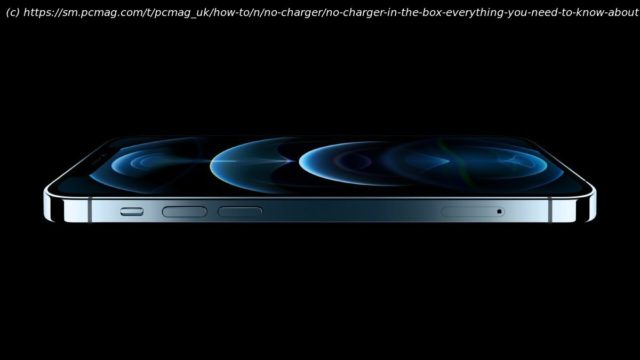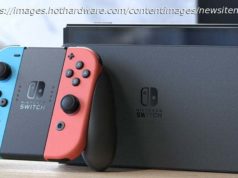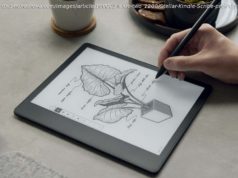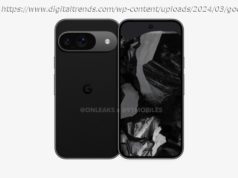New iPhones don’t ship with power adapters, but they do support wireless MagSafe charging. Whether you use a cable or not, these are the fastest ways to charge the iPhone 12, 13, and 14.
Starting with iPhone 12, Apple no longer includes wall adapters in every box as it moves to reduce package waste (and make some cash on accessories). Its newest smartphones—including the iPhone 14 lineup announced this week—also include support for Apple’s magnetic MagSafe charging. Here’s what you need to know about charging your iPhone 12, iPhone 13, or iPhone 14, and what you might need to purchase.What Comes With the iPhone 14?The iPhone 14 box includes the phone itself, a USB-C to Lightning Cable, and instructions.
The newest iPhones come with a USB-C-to-Lightning cable, and that’s pretty much it. Out of the box, those who don’t have any Apple power adapters will need a USB-C power adapter to charge.
Plus, the newer iPhones ship without EarPods, so you’ll need to supply your own headphones to listen to music and podcasts. Apple sells its own AirPods wireless earbuds (and second-gen AirPods Pro launch next week), but there are plenty of alternatives that won’t break the bank, not to mention our picks for best wireless headphones and those made with runners in mind.
As Apple explained during its iPhone 12 event a few years ago, excluding the power adapter reduces the size of the box. This means 70% more devices can fit on a shipping pallet on their way to users, allowing the company to stock shelves faster and reduce yearly carbon emissions by 2 million metric tons, it says.How Do I Charge the iPhone 14?Recent iPhones have a Lightning port on the bottom edge, like the iPhone 13 pictured here.
Unlike most new Android phones, Apple has not fully transitioned the iPhone to USB-C—which typically provides faster charging speeds—so the iPhone 14 still includes the typical Lightning charge port. This means you can use an existing Lightning cable and traditional USB-A wall adapter to charge. With the included USB-C-to-Lightning cable, though, you can also plug your iPhone directly into your Mac or another device like a lamp or light switch that has a USB-C port.
Additionally, the newest iPhones are compatible with Qi wireless charging pads. However, Apple’s main focus for charging is its built-in, fast charging MagSafe magnetic power connector.What Is MagSafe?
For years, Apple used the term MagSafe to describe its computers’ charging cable connectors. Their magnetized tips “snapped” into the magnetized MacBook charging ports—and snapped out if disturbed so as not to bring a Mac laptop crashing to the floor, for example.






